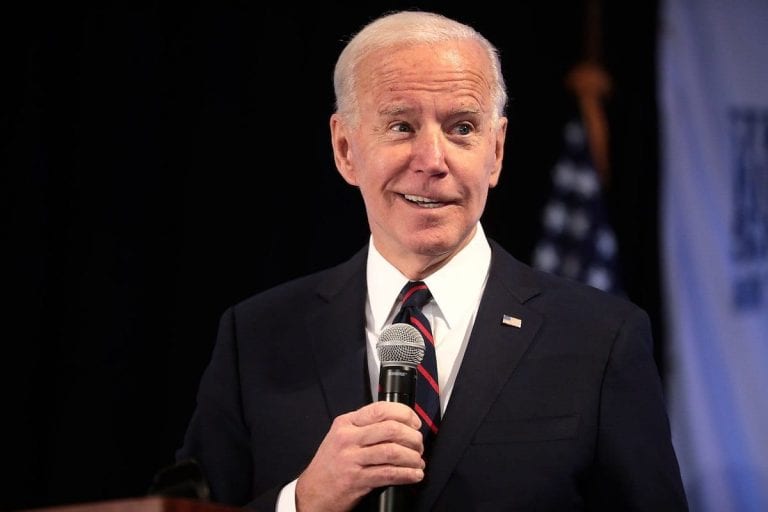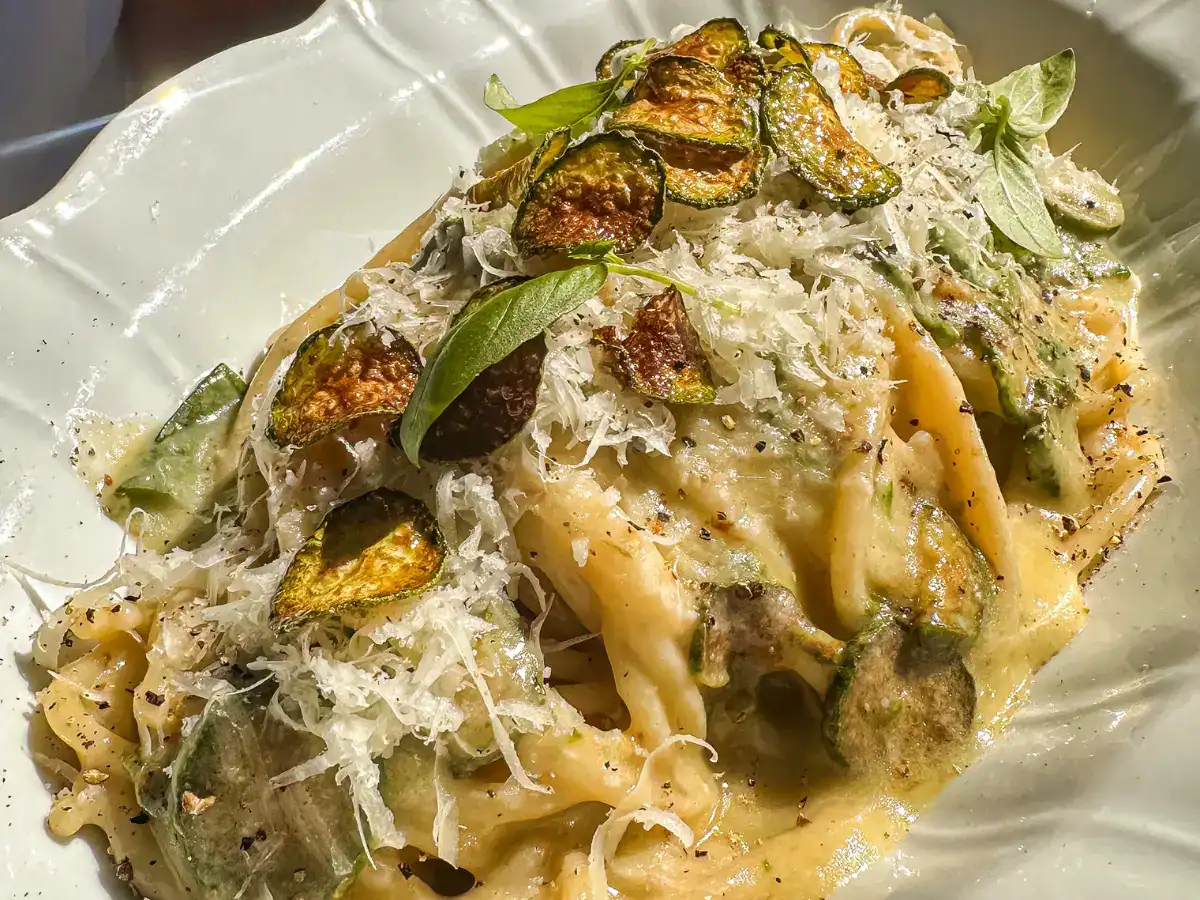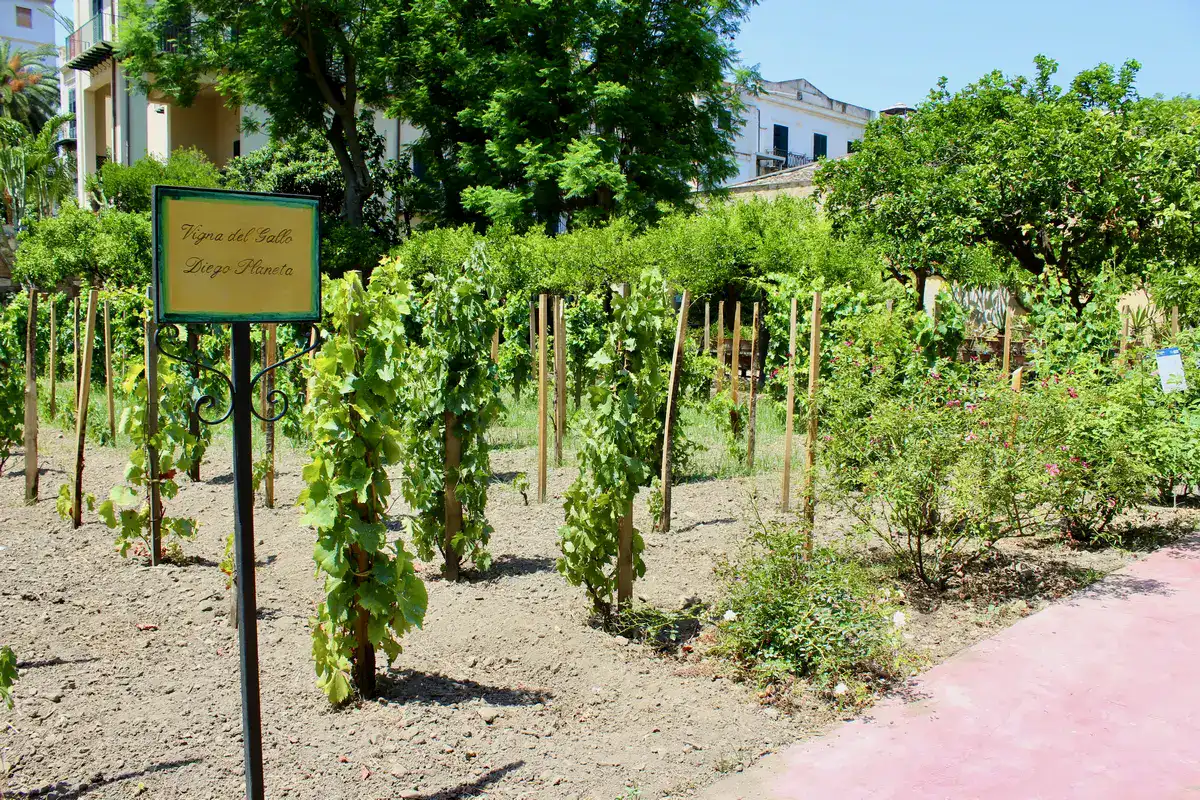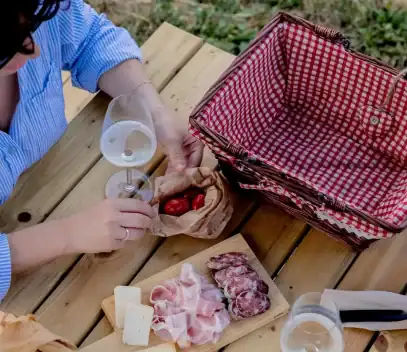In such a complex moment for the whole planet, the American people coped with the election-related emotional rollercoaster by consuming great quantities of pizza, alcohol and cannabis (with THC, illegal in Italy but not in some US states). According to the Los Angeles Times, this established the direct link between civil society, political life and nutrition. There was a righ record of orders, online searches and delivery in an election that turned out to be longer than expected. Joe Biden (legal battles announced by Donald Trump aside) is the new President-elect of the United States, with over 75 million votes, a record in these record-breaking elections, which registered an unprecedented participation, in presence and otherwise. But Biden is a lame duck, and his plan could run into a lot of obstacles in a Republican-held Senate.
The environment, social adnd racial equality, obviously health and the fight against the pandemic are the key points of a program that does not leave aside a recovery for the economy – with green as the pivot – combining technology, innovation and the creation of new jobs with a massive investment plan (400 billion dollars for the purchase of American products, 300 billion for research and technological development) to the cry of "Buy American."

Buy American
A prospect that inevitably has to deal with trade relations with other countries, China in the first place. With which the Biden administration promises to move continuously with contrary to the previous one, with the aim of fighting unfair practices, such as intellectual property theft. China is admittedly a competitor for the new President of the United States (especially as far as technology is concerned), and the time of the tariff war against China does not seem to be over, even if a greater collaboration on issues such as climate and health emergencies is to be expected. The solution of the outstanding issues will not go through other taxes and spark new debate, but rather by creating coalitions with other trading partners: “we will resist China by working together with our allies to negotiate from the strongest possible position” .
A good omen for Europe, therefore. And the free trade treaties signed during the Obama administration (when Biden was Vice President) portend a push in this direction, with the hypothesis of a reopening of negotiations, despite the failure of the disputed Ttip (which would have regulated trade trade between the US and the European Union) and the endless customs war following the Boeing affair which has included various products on a constantly updated black list. In short, the commercial tug-of-war between the US and Europe may no longer be so strong. With no secondary consequences for our agri-food sector. In fact, we recall that the United States is one of the preferred destinations for some of our flagship products: wine above all (the best-selling Italian product in the US with a value of over 1.5 billion euros, saved from Boeing disputes), and then Parmigiano, olive oil, and so on, investing different products. But if Made in Italy could gain from Biden's commercial policies, let's keep an eye on the Made in America that the 46th President of the United States is willing to support, before any new trade agreement. And this also in the agri-food sector: over 20% of US agricultural production is exported, now Biden is thinking of pursuing trade policies in favour of US farmers, ranchers and fishermen "who" he says "have paid a heavy price for Trump's policies."
Joe Biden's program. The environment
Re-entering the Paris climate agreement - from which the United States officially exited last November 5 - is the promise of the Biden-Harris administration that aims to eliminate CO2 emissions by 2035 and achieve climate neutrality by 2050. Whether these resolutions are realistic or not, there is certainly attention to environmental issues, in the face of Trump's denial, marking - perhaps - the point of greatest conflict between the two Presidents. Massive investments in this sense (we are talking about a 2 trillion euro plan), to create jobs in clean energy (and recover those that went up in smoke following the pandemic), achieve environmental justice for the most affected communities from pollution, to implement sustainable infrastructures and buildings, green mobility, to accompany the transition from fossil energy to renewable ones, with a program for the green reconversion of the country that would affect the oil majors hitherto supported by Trump.
"This is the time to imagine and build a new American economy," Biden said several times, and refers to a green economy, with a major investment in agriculture. With the commitment, made in front of the American Farm Bureau Federation (which represents the American agricultural industry), to be alongside farmers to combat the threats of climate change: drought, floods and extreme weather conditions. "The fight against climate change is an opportunity for growth and profit and the government must work with farmers to accelerate progress towards the zero emissions goal."

The American rural economy
Think big, play local: one of the challenges is to ensure that the wealth created in rural America remains in rural America, supporting American farmers, ranchers and fishermen, aiming for a resilience that also passes through sustainability. "We will help farmers exploit new technologies and equipment to increase productivity and profit," Biden announces, "also by providing low-cost transition finance, funding research and development in precision agriculture and new crops": moves to improve the energy efficiency of agricultural production processes, focusing on an economy as sustainable and local as possible. "Organic production will create additional revenue opportunities," he adds, promising to increase the Conservation Stewardship Program, which supports agricultural income based on environmental protection practices. Aid to small businesses, especially those owned by minorities, also includes access to federal funds and the expansion of the Obama administration's microloan program, to create new job opportunities, in a perspective of development and vanguard.
In short: new President-elect Joe Biden and new Vice President Kamala Harris look with interest at rural communities and insert them on different fronts in the green revolution, not only by supporting organic and sustainable agriculture, but also by increasing research on fabrics, fibers, biofuels created from waste and resources deriving from agricultural production, in a perspective of circular bioeconomy.
In support of small producers there is also the fight against monopolies by strengthening the application of an antitrust, whether it is seeds to be purchased or sales markets. The investment to develop technologies, patents and seeds of public property - one of the hot topics of contemporary agriculture that has always seen multinationals such as Monsanto - and the development of regional food systems, with the creation of networks of local sales and with the involvement of state institutions. A step that would make small companies stronger and more efficient, which could identify ad hoc markets for their crops and the products derived from them and not succumb to the price war.
But development, in rural America, also involves racial economic equality, fiscal support for families and aid to access federal resources, the legalization of immigrant agricultural workers, the improvement of living conditions, greater opportunities and rights of families in this part of America.

Right to food
The fight against food insecurity and the right to food are also among the points of the Biden-Harris program, and the open dialogue in several circumstances with chef José Andrés, creator of the non-profit organization World Central Kitchen also ended up on the cover of Time magazine, is significant of an approach that promises to strengthen food assistance. Biden, in his election campaign, pledged to increase the supplementary nutritional assistance program (SNAP) by 15% to guarantee access to food, support families and food relief facilities and facilitate access to free meals in school cafeterias.


 All the secrets to making perfect Pasta alla Nerano at home
All the secrets to making perfect Pasta alla Nerano at home A trattoria inspired by Pipero’s carbonara opens in London
A trattoria inspired by Pipero’s carbonara opens in London At 86, she still makes limoncello the old-fashioned way: the recipe from a restaurant on the Sorrento coast
At 86, she still makes limoncello the old-fashioned way: the recipe from a restaurant on the Sorrento coast There is a vineyard-laboratory in the heart of Palermo that is becoming a regular stop for scholars and tourists
There is a vineyard-laboratory in the heart of Palermo that is becoming a regular stop for scholars and tourists “A 30% tariff is unsustainable – but it’s consumers who will pay the most.” Francesco Giovannini of Mezzacorona issues warning
“A 30% tariff is unsustainable – but it’s consumers who will pay the most.” Francesco Giovannini of Mezzacorona issues warning





